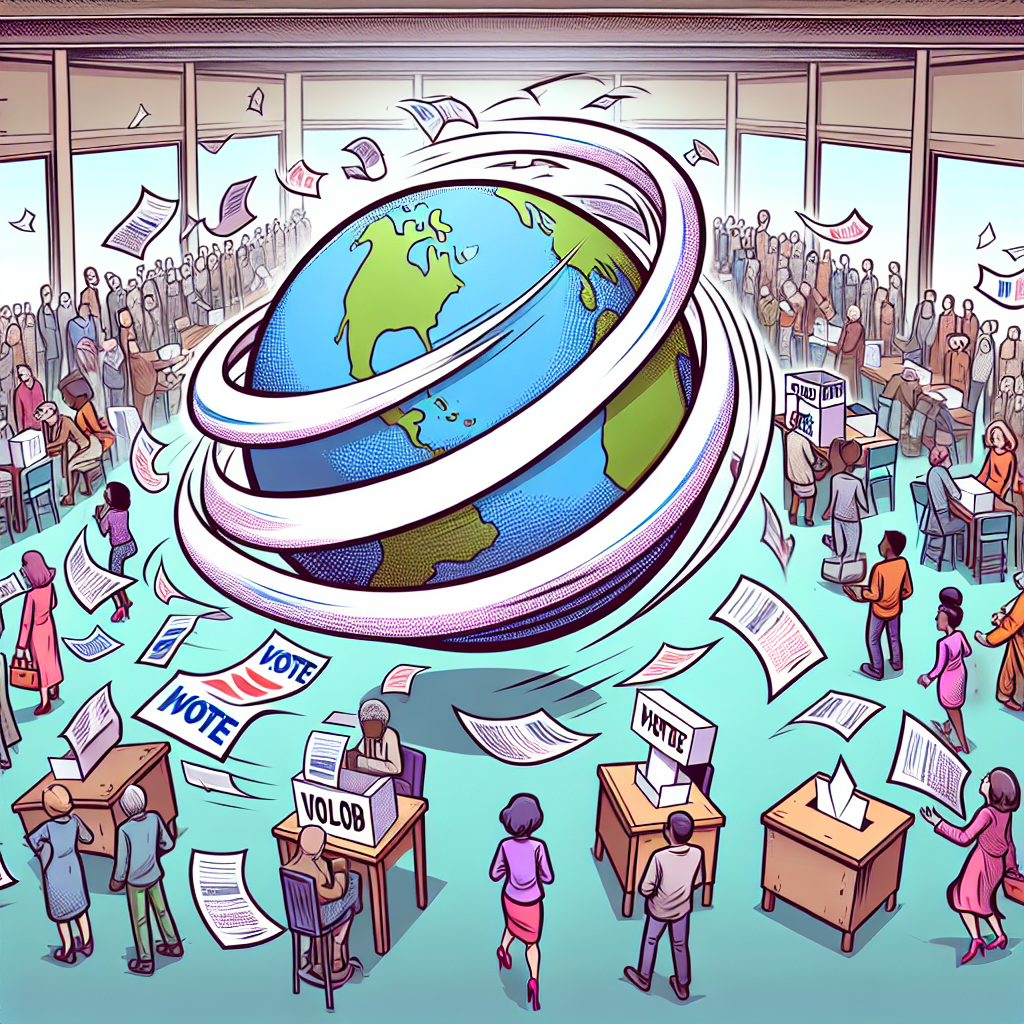Sri Lanka's Snap Election: A Crossroads for Political and Economic Transformation
Sri Lanka's snap election tests public support for President Anura Kumara Dissanayake's pro-poor policies amidst a recovering economy. With 17 million eligible voters, the election seeks to reshape parliament and potentially alter IMF bailout terms. The outcome could impact future economic reforms and political stability.

Sri Lanka voters started casting their ballots in a snap election on Thursday, aiming to determine the level of support for President Anura Kumara Dissanayake's leftist agenda as the country emerges from economic strife. Over 17 million citizens are eligible to elect representatives to a 225-member parliament.
Marxist-leaning Dissanayake, who came to power in September, dissolved the legislature for early polls after his coalition held just three seats. This election sees a record 690 political parties and groups contesting. Authorities have mobilized over 7,000 police officers to maintain security across more than 13,400 polling stations, with the military on standby.
The election serves as a pivotal moment for Sri Lanka's recovery after a 2022 economic crisis. Dissanayake aims to push anti-poverty policies and adjust IMF program targets, while opposition leader Sajith Premadasa offers a blend of interventionist and free-market strategies. The results, expected on Friday, will shape the future of the nation's political and economic landscape.
(With inputs from agencies.)
ALSO READ
San Francisco's Turn to Moderation: A New Hope for Economic Recovery
CM Yadav Urges Voters to Send Strong Message to Rahul Gandhi in Jharkhand Rally
Arvind Kejriwal Urges Voters to Choose 'Honest Randhawa'
Congress Embarks on 'Delhi Nyay Yatra' to Mobilize Voters
Home Voting: A Boon for Elderly and Disabled Voters in Jharkhand










